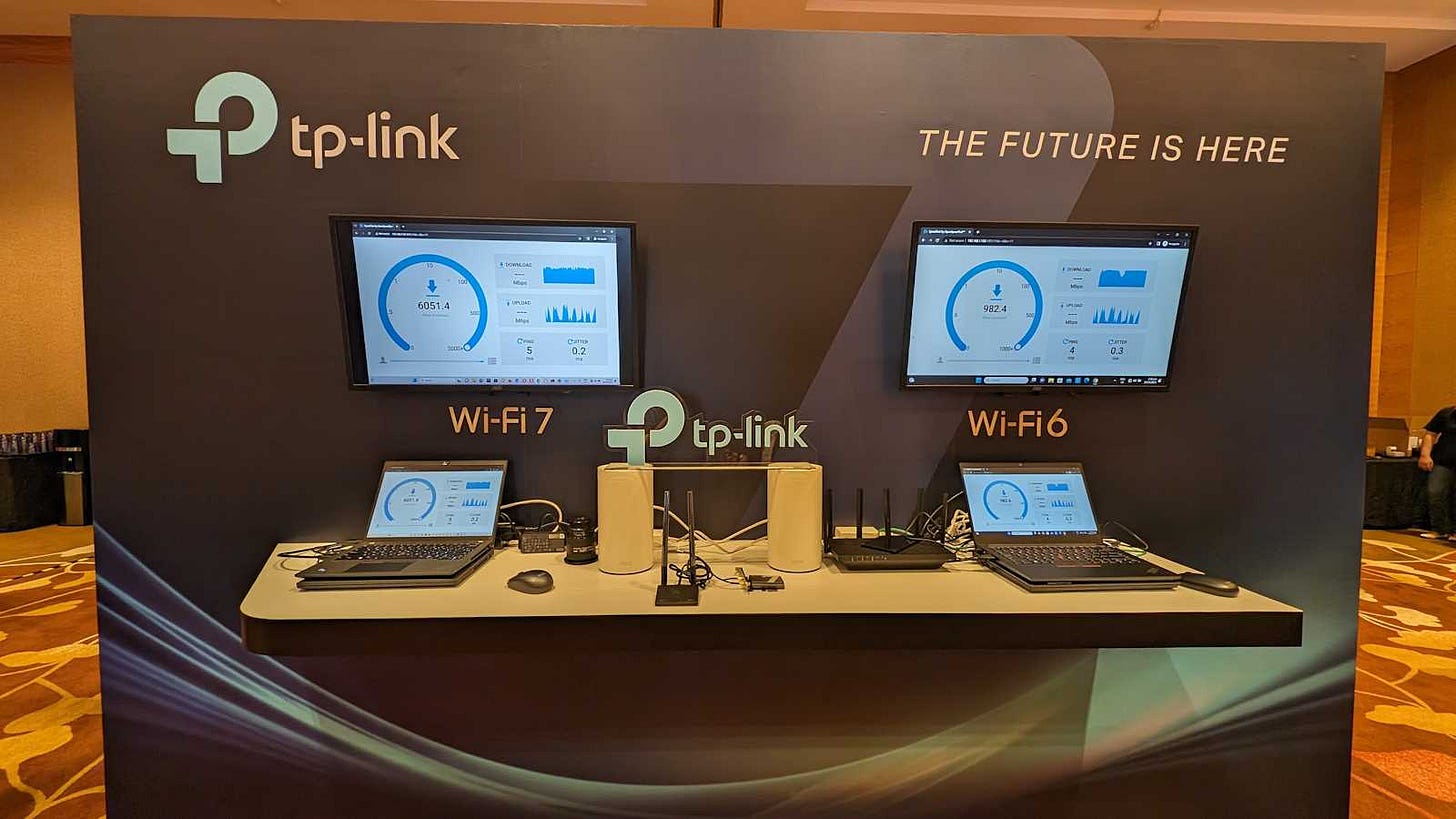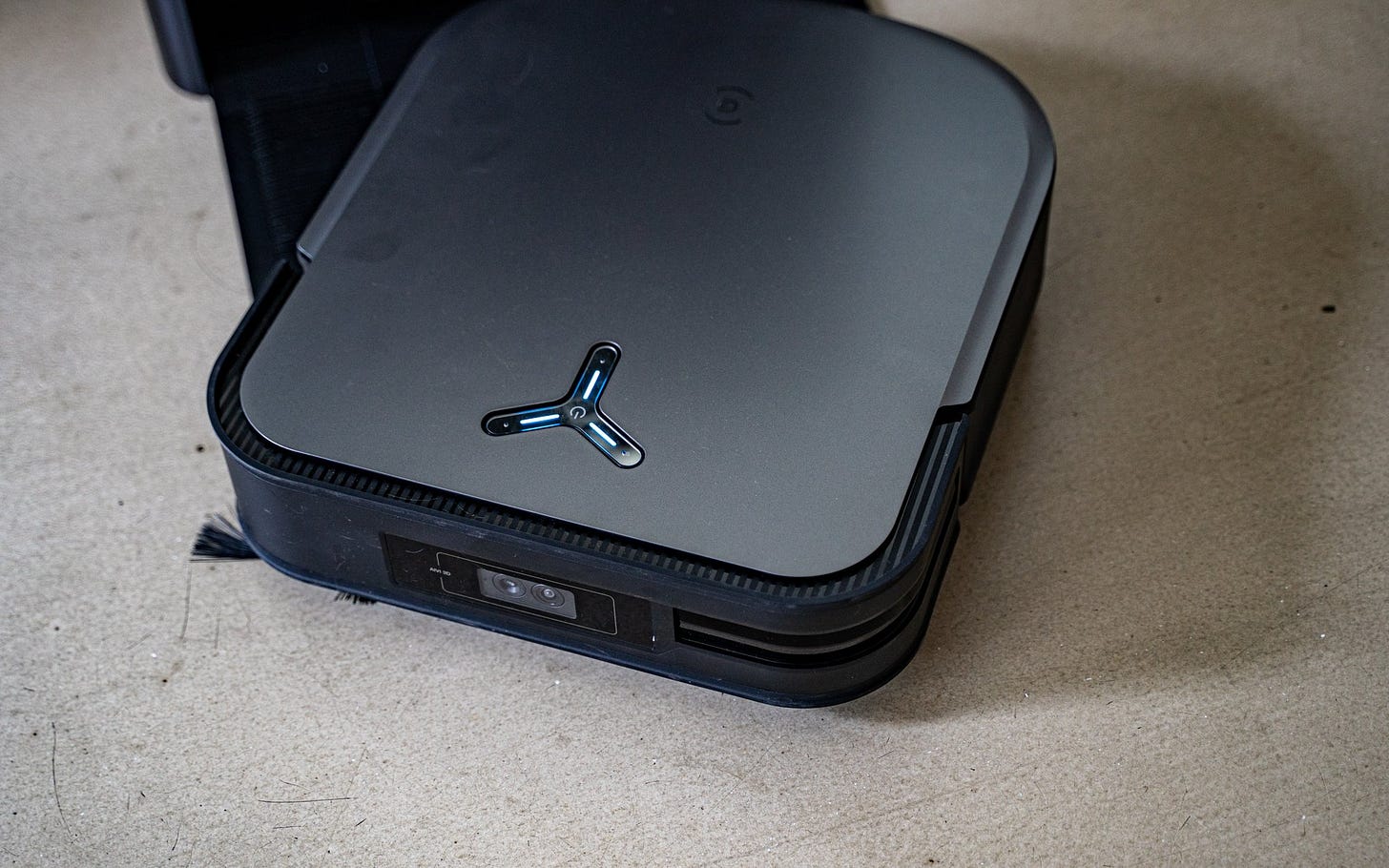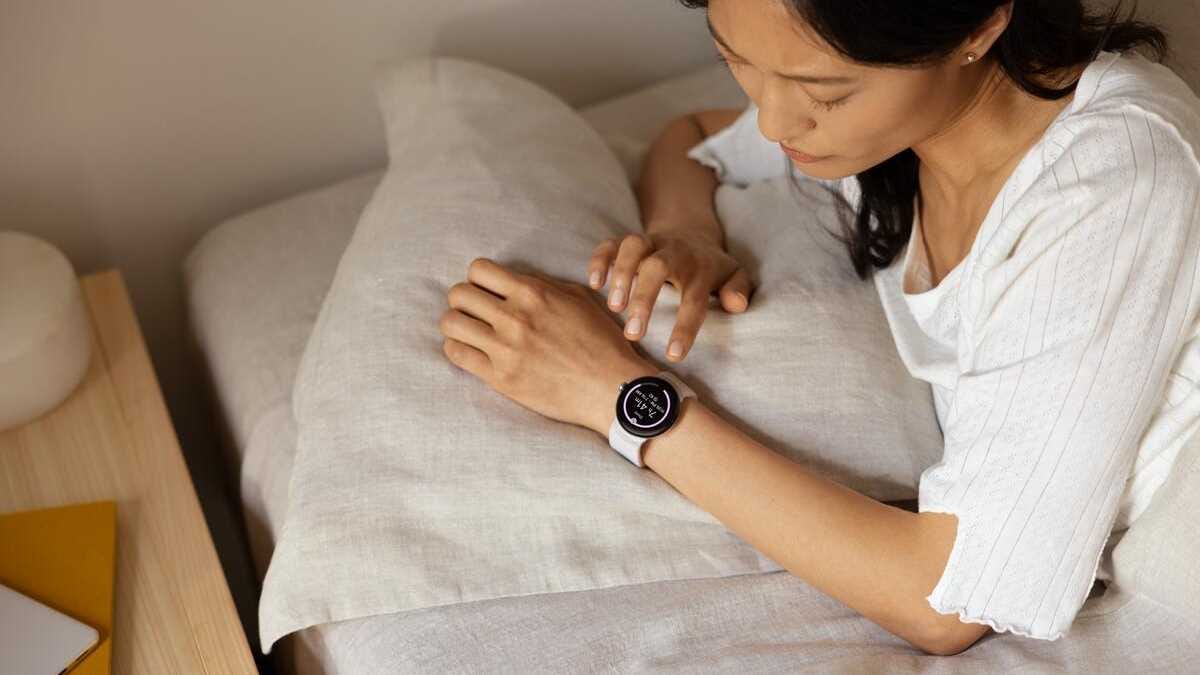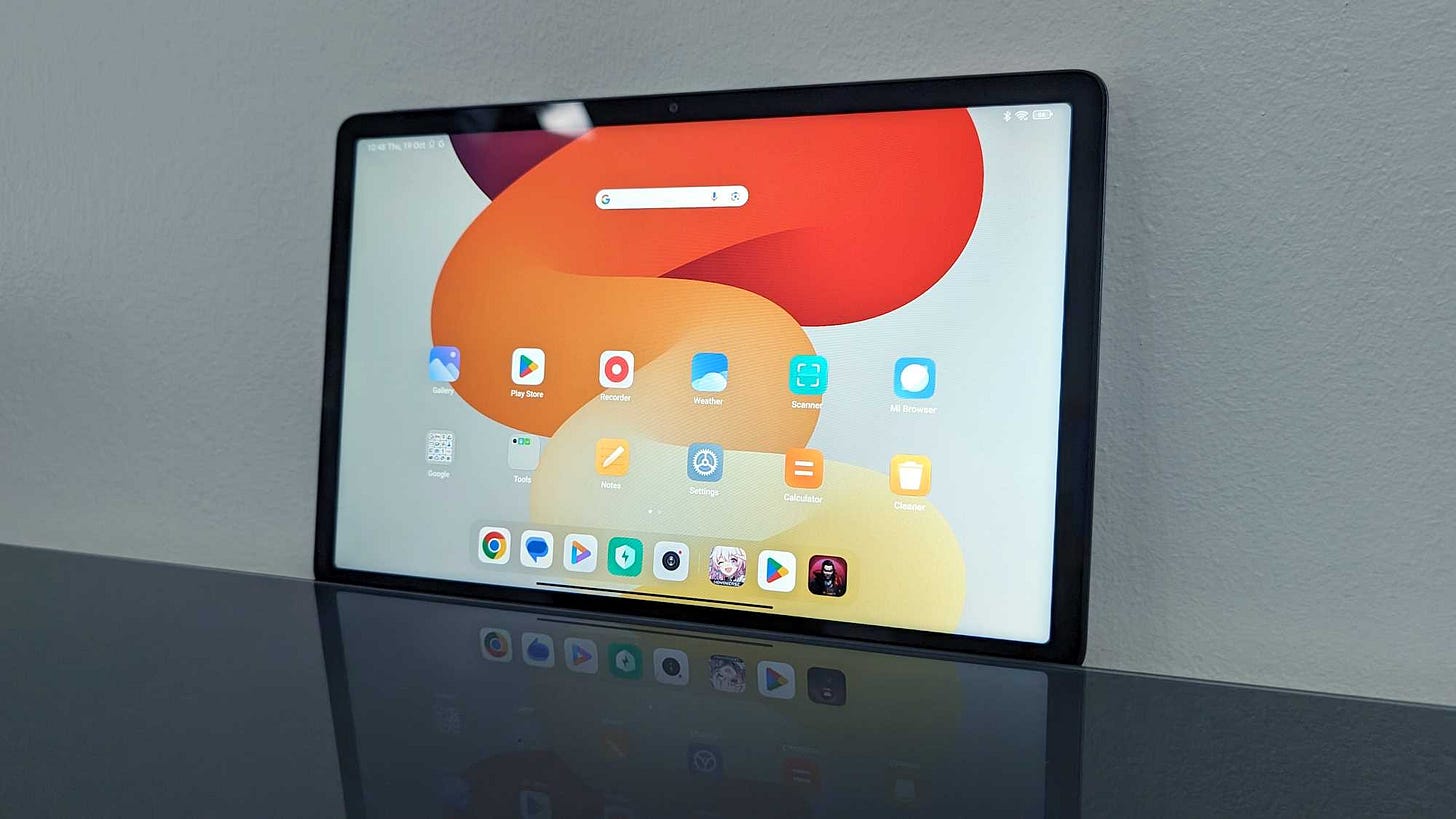Enter Wi-Fi 7
2024 will be the year

The first Wi-Fi 7 router from TP-Link will launch in Singapore this Friday (Oct 27). The Archer BE800, a tri-band Wi-Fi 7 router with aggregate speeds of up to 19Gbps, and two 10Gbps Ethernet ports, is the first of many upcoming Wi-Fi 7 products from the Chinese networking firm. TP-Link has the full works, from mesh routers to a gaming model to enterprise access points and even range extenders.
Having experienced several iterations of the Wi-Fi standard, I’m usually a skeptic when it comes to the glowing figures offered by companies. But I must admit TP-Link’s demo, which hit speeds of 6Gbps, during its Wi-Fi 7 launch event last week, looked impressive. More importantly, these numbers looked feasible in real-world conditions — given the technologies used in Wi-Fi 7. Like Multi-Link Operation (use multiple bands concurrently), 320MHz channel width (double that of Wi-Fi 6, which doubles the speed), and 4K-QAM (encode more info, up to 4x the performance of Wi-Fi 6). Multi-Link Operation, especially, looks like a game-changer, as it allows the aggregation of multiple bands (5GHz and 6GHz) to deliver more bandwidth.
Wi-Fi 7 is backward compatible, and will work with older devices. However, you will need a Wi-Fi 7 client to get the best out of it. And these client devices are currently far and few between. There are several Wi-Fi 7 compatible smartphones available now, such as the Google Pixel 8 phones and the Xiaomi 13T Pro. But you can’t really experience the full potential of Wi-Fi 7 with phones, which typically have less bandwidth than computers. And so far, there are just a handful of Wi-Fi 7 laptops from the likes of Acer and Lenovo. All eyes will be on chipmaker Intel, which is preparing its Wi-Fi 7 chipsets (BE200 and BE202). Expect Wi-Fi 7 to be widely available in new computers only from next year onwards.
Of course, the routers and clients are only part of the equation. To get the most out of Wi-Fi 7, you’ll want a super-fast internet connection, too. That’s where Singtel comes into the picture. The ISP, which already offers a 10Gbps fibre plan for around S$80, will bundle a TP-Link Wi-Fi 7 router from December. But ultimately, you’ll have to consider if you really need a 10Gbps connection at this point in time.
Moving on, we also tested some cool gadgets this past week: Ecovacs’ top-of-the-line robot vacuum cleaner, Google’s improved Pixel Watch 2, and an affordable, but basic tablet from Redmi.
The Ecovacs Deebot X2 Omni offers plenty of convenience for users, thanks to its docking station that comes with a self-cleaning mop and self-emptying dustbin. Its square design lets it get into corners a lot easier, while its camera uses AI for poop detection and avoidance. Suction is also really strong. No doubt, it’s pricey at S$1,799, but it’s one of the best in the market.
The Google Pixel Watch wasn’t launched in Singapore last year, but it was worth waiting for the sequel. With improvements like a new heart rate sensor and longer battery life that will comfortably last you a day, even with the Always-on display, the Pixel Watch 2 is definitely competitive with other Android smartwatches.
If you’re looking for a cheap tablet just for basic computing tasks like emails, web browsing, and media playback, the Redmi Pad SE does the job. Everything is just decent, with its Dolby Atmos quad speakers perhaps its best feature. But most folks will likely accept the compromises, seeing as it costs just S$249.




